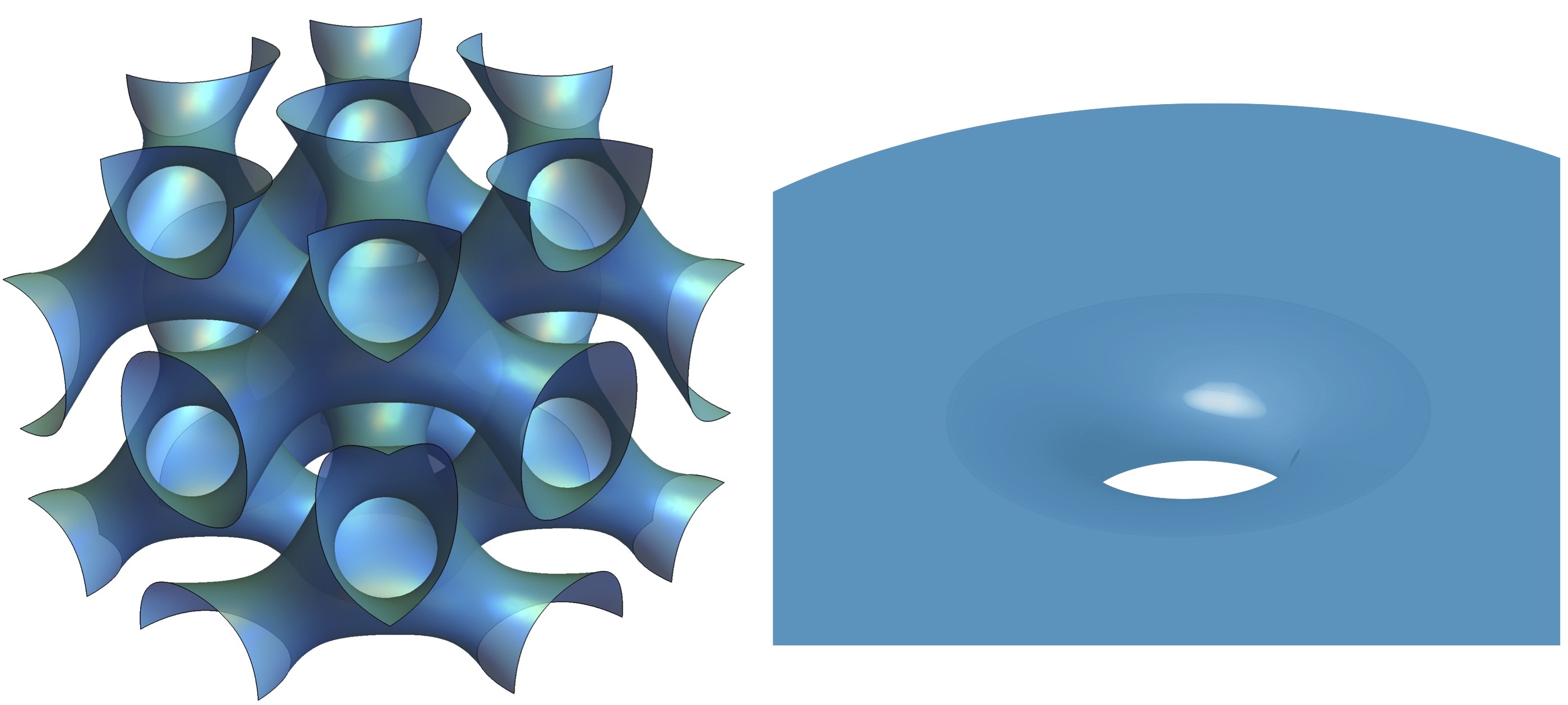 Histone H4 lyses smooth muscle cells by inducing negative Gaussian curvature.
Histone H4 lyses smooth muscle cells by inducing negative Gaussian curvature.
Externalized histone H4 orchestrates chronic inflammation by inducing lytic cell death
Abstract
Perpetuation of inflammation stands out as the most relevant pathophysiological contributor to global medical burden. Non-programmed cell death fosters chronic inflammation, but how this is instigated, its cellular and molecular mediators, and its therapeutic value remain poorly defined. Here, we use models of atherosclerosis, the main underlying cause of mortality world-wide, to demonstrate that extracellular histone H4-mediated membrane lysis of smooth muscle cells (SMC) triggers arterial tissue damage and inflammation. We show that activated lesional SMC attract neutrophils and trigger the ejection of neutrophil extracellular traps (NETs) containing nuclear proteins including histone H4. The latter bound to and lysed SMC, consequently promoting plaque vulnerability, whereas neutralization of histone H4 rescued SMC and stabilized atherosclerotic lesions. Our data identifies a form of cell death at the core of chronic vascular disease that is instigated by leukocytes, and that can be targeted therapeutically.